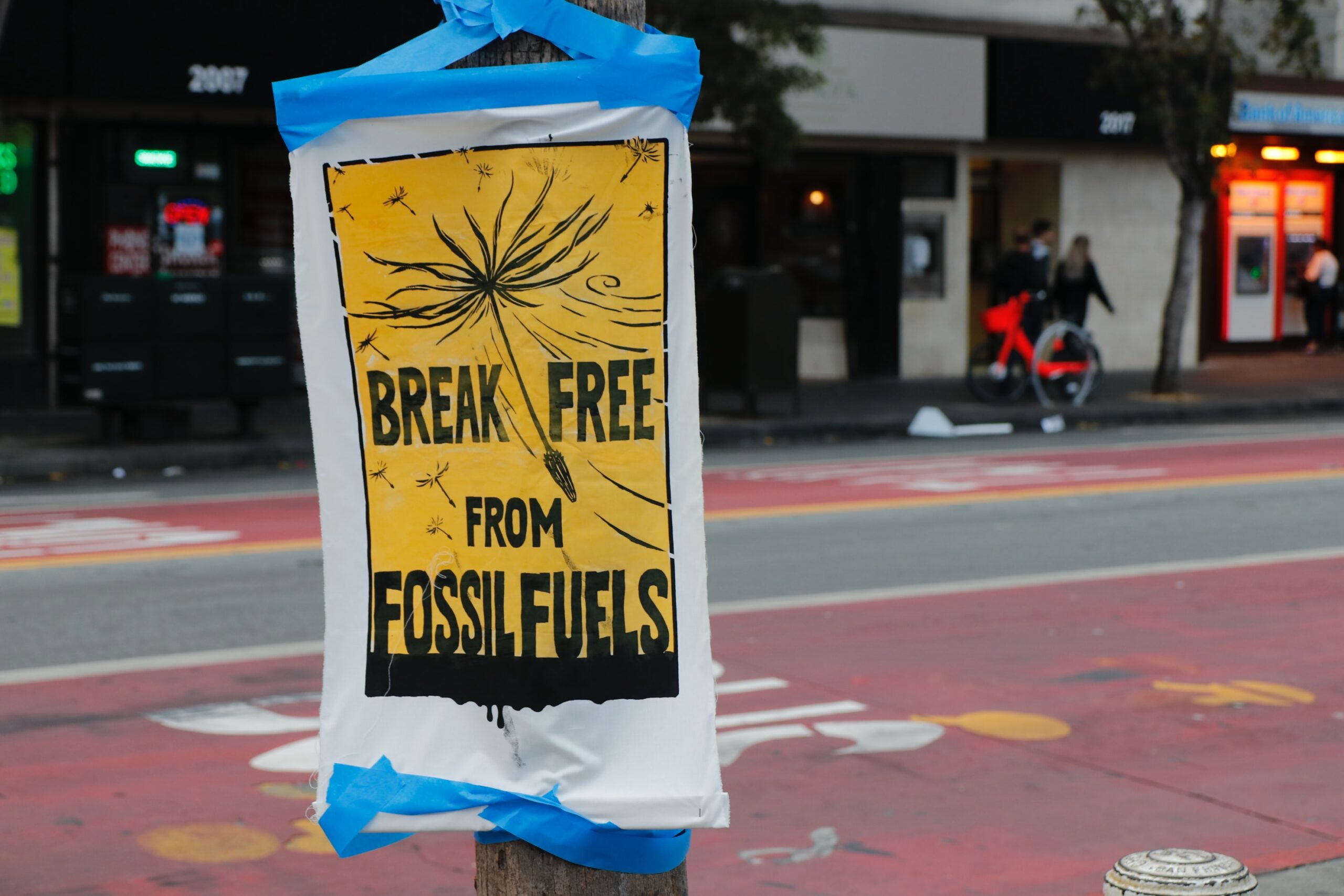There’s nothing hugely new in this week’s New York Times Magazine profile of Shai Agassi and his quest to kill the internal combustion engine, but some aspects of his scheme clicked a bit better for me on this reading.
Agassi helms Better Place, a start-up that has raised gobs of money and signed tons of partnership deals to set up networks of electric car-charging stations and automated battery-swapping stations. Better Place’s innovation is to remove the most expensive and problematic part of the electric car — the battery — from the purchase equation. You buy the car, Better Place owns the battery, and they make money by charging you for the electricity to power your vehicle.
Here’s the part that clicked for me on this go-round: you know who had a really good year last year, in the midst of an economic collapse and global recession? You know who posted record profits, while all three of the major American automakers scrambled to prove that they were viable businesses? Exxon, that’s who.
Sure, those billions in profits had a lot to do with the high price of oil in the earlier part of the year, but the fact is, it’s really nice to make money every time someone drives a car. Selling cars is a pretty terrible business these days, but collecting a per-mile usage fee? That’s a fine business indeed.
Better Place’s model hinges on the fact that the per-mile cost of driving an electric car is so much lower than the per-mile cost of driving a gasoline-fueled car. So the company can give away the battery for free, charge you less on a per-mile basis for fuel than you’re presently paying, and still reap dandy profits. Everyone comes out ahead (except the oil companies), which is how technological innovation is supposed to work.
After reading the Times profile, I re-read Joe Romm’s critique of Better Place’s model. It strikes me as a lot less compelling than it did the first time around. Romm’s mistake, I think, is in viewing the battery-swapping stations as critical to Better Place’s success, rather than just a way to address people’s (probably exaggerated) fears of running out of juice.
To be sure, the company has a huge hill to climb, but the obstacles to their success are mostly the usual, prosaic ones: Better Place is trying to build a new market on top of unknown consumer demand using slightly ahead-of-its-curve technology that has huge capital costs. Such is the nature of entrepreneurial risk. I hope it goes well for them.
If you want more details, here’s Agassi pitching the basic idea at TED. The video is about 19 minutes long, and it moves briskly.
Brought to you by terrapass.com
Featured image







